My Favourite Painting: James O'Donnell
A painting which was inspired by the best-selling novel Ben Hur — and which went on to inspire the famous 1959 film — is the choice of James O'Donnell after his chance encounter one afternoon.

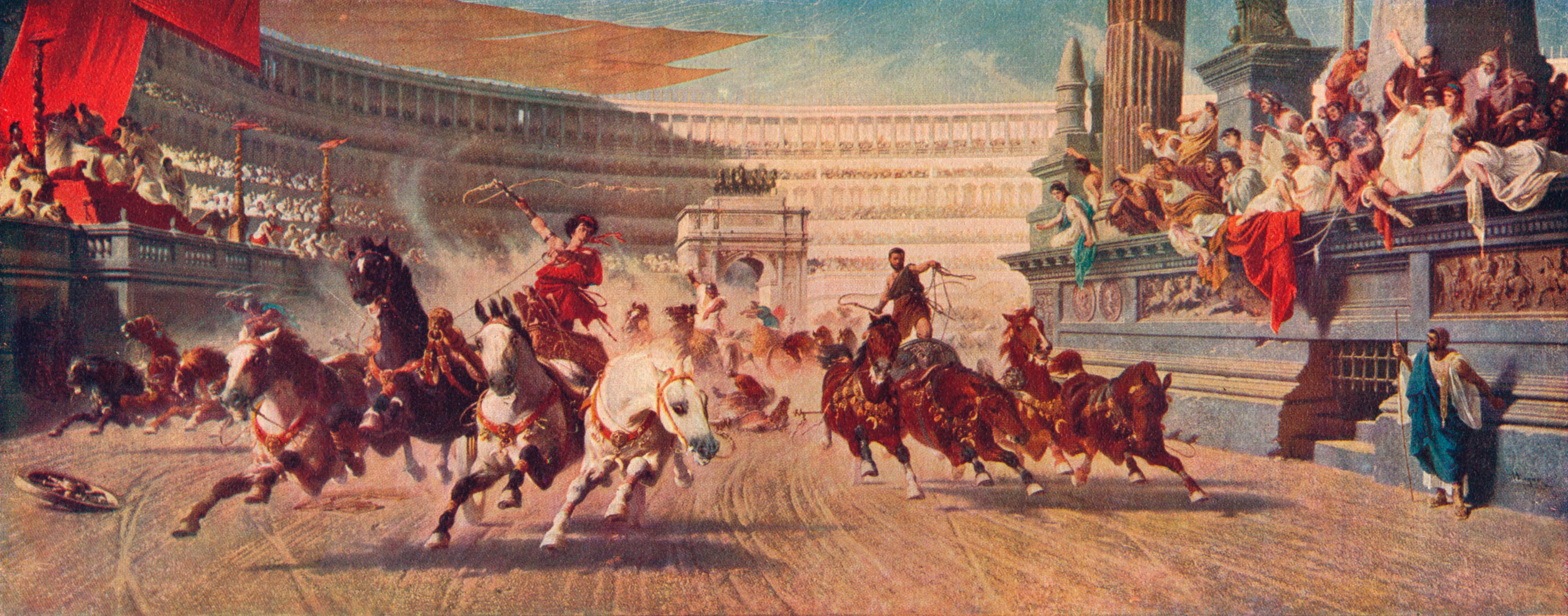
James O'Donnell chooses The Chariot Race by Alexander von Wagner
I had a few hours free in Manchester when I was taking part in a concert in the then new Bridgewater Hall. I decided to spend them in the city art gallery. This painting stopped me in my tracks. I was not expecting to encounter, to be confronted by, anything so thrilling or viscerally exciting.
Partly, it’s the sheer scale. This is an enormous canvas, taking up a whole wall. It overwhelms you and forces you to be part of the scene. You can almost feel the breath and body heat of the huge horses as they hurtle desperately towards you, their drivers racing for their very lives.
The perspective of the painting is brilliant, the figures in the foreground seeming to leap out at you, as the crowds in the huge stadium disappear into the far background.
It’s a painting you can completely lose yourself in. For some reason, I happened to be in the right frame of mind that day and I have never forgotten it.
James O’Donnell is Westminster Abbey’s director of Music and principal conductor of the Abbey Choir
John McEwen comments on The Chariot Race
Alexander von Wagner was Hungarian, born in Pest in 1838, before Pest, Buda and Óbuda united to form Budapest in 1873. After graduating from the Real-Gymnasium in his home town, he entered the Academy of Fine Arts at Vienna, then switched to Munich’s Royal Academy of Fine Arts, where his principal teacher was Prof Karl von Piloty. From 1869 to 1910, Wagner was professor of history painting at the Munich Academy, specialising in history paintings and everyday scenes from contemporary Hungarian life.
The Chariot Race is his most famous work. The first, smaller version of the picture was exhibited in Vienna in 1873. Wagner enlarged it in 1882 and this bigger version was shown at the Chicago Fair in 1893. The enlarged painting seems to have taken due note of the best-selling 1880 novel Ben Hur: A Tale of the Christ by Gen Lew Wallace and surely benefited from the spectacular success of the book, whose author had been a Civil War general and governor of New Mexico Territory, and was later ambassador to Turkey.
Exquisite houses, the beauty of Nature, and how to get the most from your life, straight to your inbox.
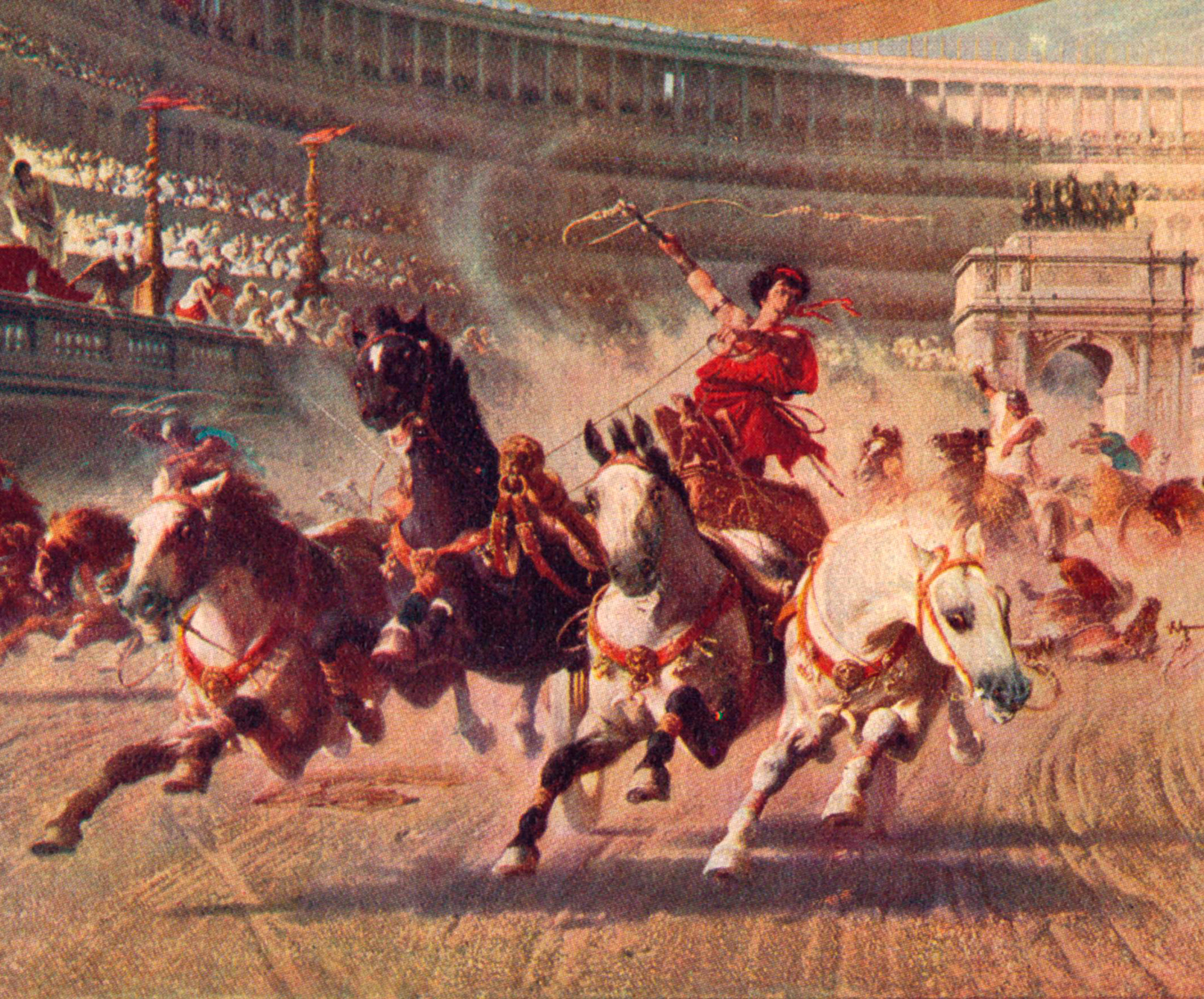
Wallace’s novel intertwined the life of Jesus and the fictional Ben Hur, a Jewish prince enslaved by Rome. A story of Christian redemption, it was the most influential Christian book of the 19th century. Recurring film versions, the latest in 2016, have ensured its longevity. It topped the best-seller list again after MGM’s 1959 Hollywood blockbuster — scripted by Gore Vidal and Christopher Fry and starring Charlton Heston as Ben Hur himself — won 11 Oscars.
The chariot race is the most famous scene in book and film. In the book, the chariot wheel is crushed at the height of the race, but Wagner shows it spinning off.
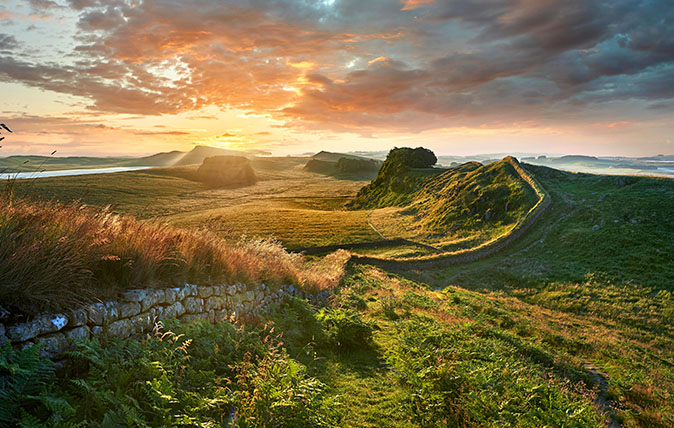
Walking Hadrian's Wall: An epic walk from coast to coast and back in time
One of Britain’s most famous landmarks makes for an epic walk back in time – and it's a journey that
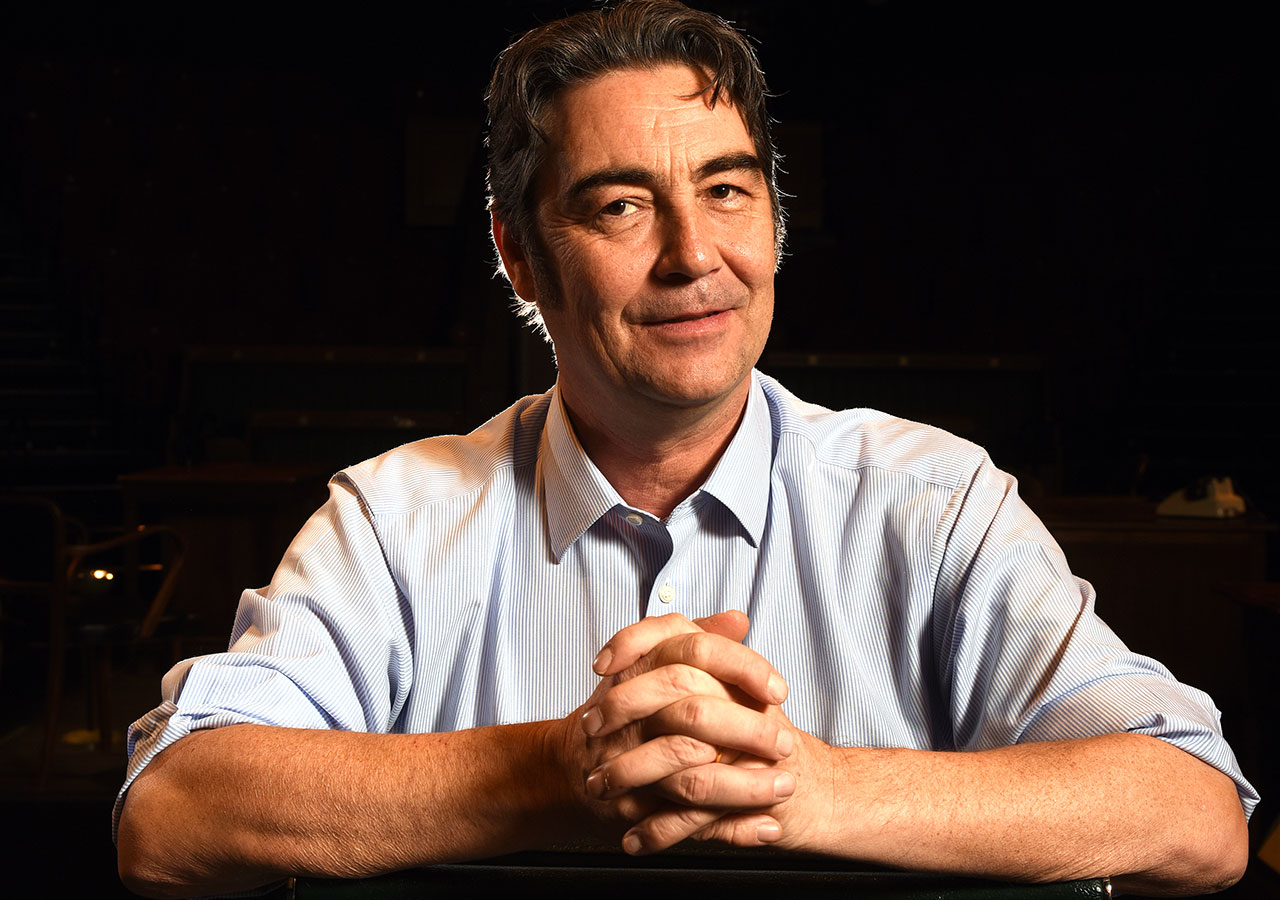
Credit: John Millar / Country Life
'I was 8–1 to be the next Bond just before Daniel Craig got it': Nathaniel Parker on life, acting, and his big near-miss
Nathaniel Parker catches up with Jack Watkins about David Cameron's epic gaffe, and the time he nearly became James Bond.
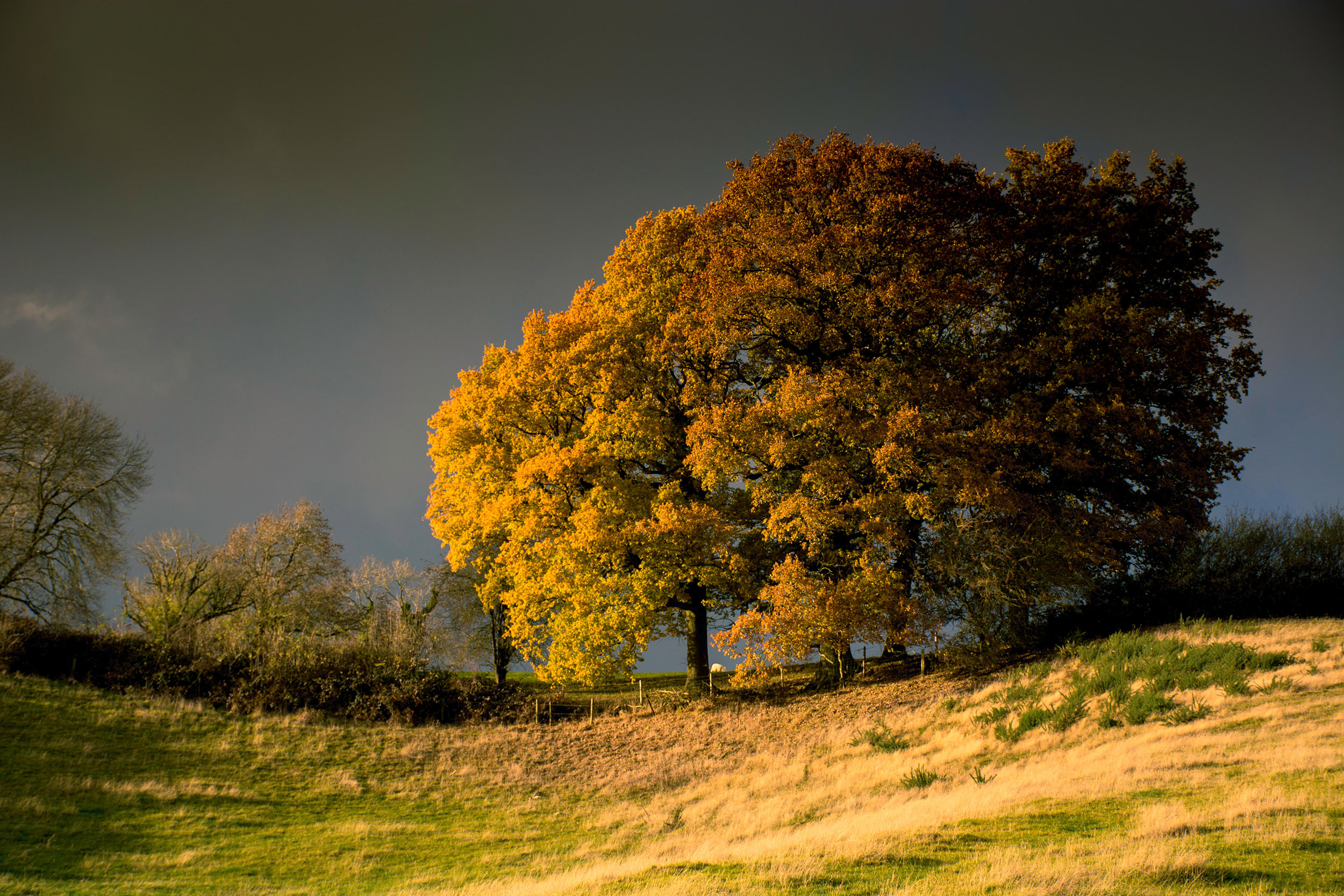
Credit: Alamy
The life of the oak tree collector: 'You soon see there’s only one sensible course of action: collect the lot'
For tree-loving landowners who want to leave their mark, nothing beats planting your own quercetum. Mark Griffiths celebrates the mighty
Country Life is unlike any other magazine: the only glossy weekly on the newsstand and the only magazine that has been guest-edited by His Majesty The King not once, but twice. It is a celebration of modern rural life and all its diverse joys and pleasures — that was first published in Queen Victoria's Diamond Jubilee year. Our eclectic mixture of witty and informative content — from the most up-to-date property news and commentary and a coveted glimpse inside some of the UK's best houses and gardens, to gardening, the arts and interior design, written by experts in their field — still cannot be found in print or online, anywhere else.

